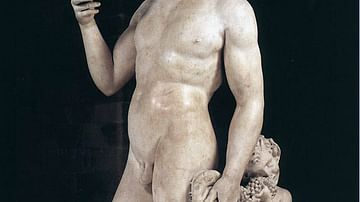Exploring the Intricate World of Copies and Fakes
A Deeper Dive into the Shadows of Renaissance Artistry
Within the realm of Renaissance art, a clandestine underworld thrived, one that was shrouded in duplicity and deception. This captivating era witnessed an unprecedented surge in copies and fakes, challenging the very essence of authenticity. As artists sought to emulate their esteemed predecessors or capitalize on popular demand, they delved into a world where originality often blurred with imitation.
An Unsettling Dichotomy: The Quest for Originality versus Commercial Success
In this tumultuous period marked by artistic innovation and commercial aspirations, artists grappled with conflicting motivations. While some strove to carve out their unique niche through groundbreaking creations, others succumbed to financial pressures by producing replicas or counterfeits. The line between homage and forgery became increasingly blurry as skilled craftsmen meticulously replicated masterpieces down to the finest brushstroke.
The Elusive Nature of Authenticity: A Game Played by Masters
Authenticating artworks during the Renaissance proved to be an intricate dance between connoisseurs and creators alike. Expertise in discerning genuine works from clever imitations became paramount as collectors sought assurance that their acquisitions were indeed crafted by renowned masters. Yet even experts could be deceived; forgers honed their skills with remarkable precision, leaving behind a trail of beguiling facsimiles that challenged established notions of truth within art.
A Reflection on Legacy: The Enduring Influence of Copies & Fakes
While copies and fakes may have cast shadows upon the integrity of Renaissance artistry, they also played an unexpected role in shaping the artistic landscape. These imitations, whether born out of admiration or deceit, allowed for wider dissemination of iconic works and contributed to the democratization of art appreciation. Today, they serve as a testament to the enduring allure and impact that Renaissance art continues to hold over our collective imagination.
Unveiling Truths: A Journey into the Complexities of Artistic Authenticity
In conclusion, exploring copies and fakes within Renaissance art reveals a multifaceted narrative that challenges traditional notions of originality and authenticity. The intricate dance between creators, collectors, experts, and forgers highlights the complex interplay between commercial success and artistic integrity. While these replicas may have blurred lines in their time, they continue to provoke contemplation on what defines true artistic value in our modern world.

